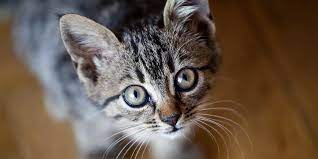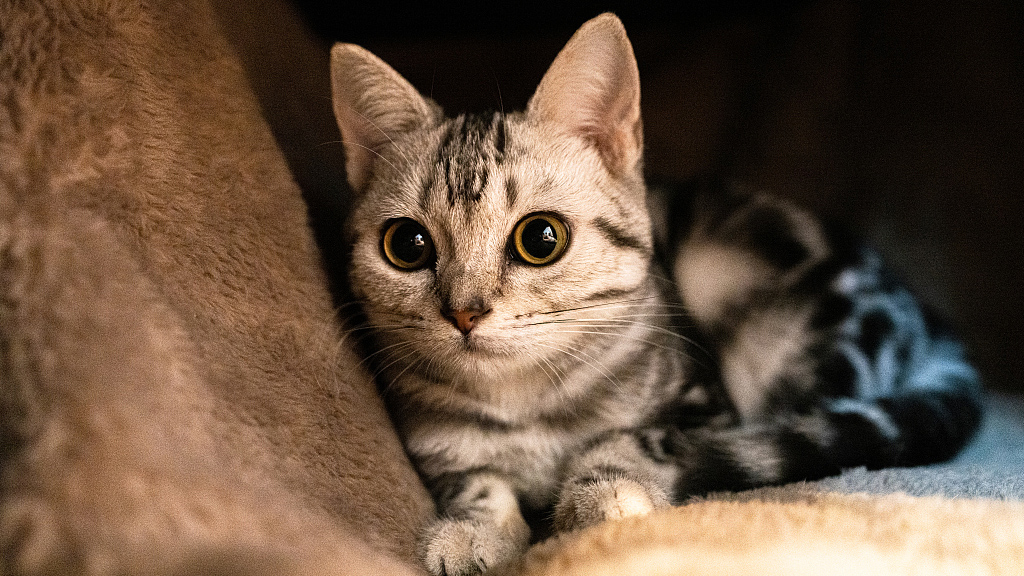Cats need food and water every day, just like pretty much all other animals.
They won’t perish if they skip a meal or a glass of water for a day or two, but for their health’s sake, they shouldn’t be purposefully underfed or drowned—the obvious exception being when they are getting ready for surgery.
A cat’s ability to go without water for an extended period of time depends on a number of factors, and in some cases, cats can last up to a week.
For the typical house cat, the best answer is 3–4 days. Even so, you shouldn’t become alarmed if your cat has gone longer without water.
Table of Contents
Why do cats need water?
Humans are supposed to get a certain amount of fluid ounces of water per day, but how often do we get enough?
In addition to packing a few bottles for a long hike, we’ll order it with or without lemon at restaurants and drink half a glass to wash down our medication.
It turns out that water is essential to some of the most important organs and bodily functions in humans, including:
- Digestion
- Joint lubrication
- Temperature regulation
- Blood circulation
- Kidney function
- The ability to absorb nutrients
What Happens If I Don’t Give My Cat Enough Water?
Effects On The Body
If dehydration persists, cats may experience very serious health issues.
The first section of this article covered how all the organs and bodily processes that depend on water intake will start to function less effectively and eventually shut down.
Even if they survive, cats who are severely dehydrated may have irreversible organ damage.
The urinary tract, kidneys, and bladder will all become dysfunctional due to dehydration. It also hinders blood circulation, putting additional stress on the heart and sometimes causing cardiac arrhythmias.
Symptoms Of Dehydration
Dehydration isn’t always easy to identify, but it helps if you know the symptoms, which include:
- Constipation
- Lethargy
- Dry mouth / tacky gums
- Panting
- Sunken eyes
- Increased heart rate
Make an effort to treat your cat as soon as you see them exhibiting these symptoms. The longer a cat goes without water, the worse the symptoms will get.

How Should I Treat A Dehydrated Cat?
Immediately Replenish Fluids And Nutrients
A cat that is dehydrated won’t just be low on fluids. They will also be deficient in a number of nutrients, including electrolytes, chloride, sodium, and potassium.
Your cat needs fluids immediately so that its body has a chance to start absorbing and regulating those nutrients once more.
But placing a water bowl out isn’t all that rehydrating your cat requires. Actually, a dehydrated cat will drink less water than a healthy cat.
Thankfully, there are a few things you can do to persuade your cat to drink.
Fill your cat’s favorite bowl with water to get things started. Add ice chips, a tiny bit of chicken broth, or some tuna.
In the event that doesn’t work, sometimes moving water will. Instead of using a bowl, consider using a fountain.
Treating Severe Dehydration
While using a product like unflavored Pedialyte is quicker and more efficient, water does help to restore some minerals.
Use an eyedropper to administer a few drops of Pedialyte for moderate to severe dehydration to your cat every ten minutes for one hour (diluting it with water in a bowl).
Take your cat to the vet right away if it refuses or has trouble swallowing any fluids.
The vet has two options: they can hospitalize your cat for a few hours to a few days to administer fluids through an IV, or they can inject fluids under the skin and monitor them for a couple of hours.
Evaluate The Severity Of Your Cat’s Condition
If your cat has gone three days or longer without drinking, it is likely to be mildly dehydrated. There are two straightforward methods for figuring out how serious your cat’s condition is.
Perform the “skin tent” test by gently pinching and lifting the skin on the back or neck to see how “springy” it is.
Skin that is in good health will bounce back right away, whereas skin that is dehydrated will take longer (or never) to bounce back.
The capillary refill time of your cat can also be measured by placing one finger against the gums, removing it, and timing how long it takes for the gums to turn pink once more.
Your cat is dehydrated if it takes more than a few seconds to do so.
How Much Water Do cats Actually Need?
The general recommendation is that cats consume 4 ounces of water per 5 pounds of body weight.
What they eat and how much water they expel can both affect how much they expend, among other variables.
Does My Cat Have A Capacity For Excessive Water Consumption?
Yes! Excessive water intake is known as “polydipsia” and is a symptom of some very serious underlying illnesses.
To be clear, though, we’re discussing a marked increase in water intake when compared to your cat’s typical behavior.
It’s normal and not a cause for concern if you drink a little more fluids than usual when it’s hot outside or when you need to rehydrate after an intense game.
How Much Is Too Much?
It’s considered excessive to consume more than 7.5 ounces per 5 pounds of body weight.
Remember to include wet food as a source of water when performing the calculations. Drinking a lot more than usual is also cause for concern, even if it isn’t above the advised limit.
Possible Causes And What To Do
Drinking too much is indicative of some serious conditions, including:
- Kidney dysfunction
- Liver disease
- Diabetes
- Hyperthyroidism
- Urinary tract disease or excessive urination
It’s critical to make sure cats get the hydration they require because they can only go three days without food or water. Unless they are sick or have unintentionally been separated from their water, cats generally don’t avoid water. In order to prevent your cat from developing potentially dangerous dehydration-related symptoms, you should contact your veterinarian if clever tricks and artistic bowls fail to pique their interest or if they are exhibiting other symptoms of illness. This will keep your cat healthier and happier.
